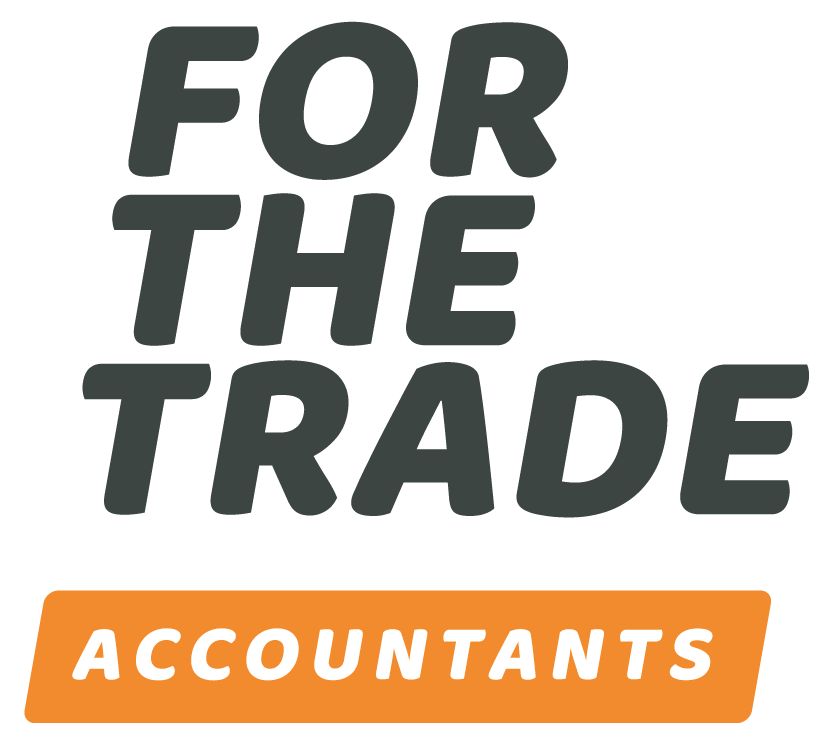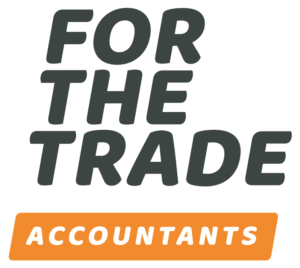Picture this: you’ve been investing in shiny new kit, decking out your van with the latest gear, or maybe you’ve splashed out on a top-of-the-range power tool that promises to cut your work time in half (but doesn’t do the same for the price, eh?).
But then, just as you’re starting to enjoy the fruits of your hard graft, the taxman cometh with a curveball: payments on account.
Before you start rummaging through your toolbox for something to lob at HMRC, we’ve got something to share.
If you fancy keeping a bit more of your hard-earned cash to reinvest in your business (or to buy a round at the pub), then listen up.
What is ‘payments on account’?
First things first, what the heck are payments on account? Picture them as a sort of tax down payment.
They’re advance payments towards your self-assessment tax bill, and they’re based on what you paid last year.
You make two payments on account a year (by 31st January and 31st July), and each is half your previous tax bill. It’s like the tax version of a ‘buy now, pay later’ scheme, except it’s ‘earn now, pay up before the tax year is over’.
But here’s the clincher — if your business has had a bit of a see-saw year or you’ve invested loads in equipment, you might not owe as much as last year.
So, how can we get your payments on account to reflect your current financial reality and not your business’s glory days?
Adjusting your payments on account
If you’ve had a leaner year, you can apply to reduce your payments on account. You’ll need to estimate your current year’s tax bill and let HMRC know. You can do this via your online account or by post.
But underestimate at your peril. If you end up paying too little, you could get slapped with interest and penalties faster than you can say, ‘taxman’s got his knickers in a twist’.
Capital allowances to the rescue
Remember that costly equipment you bought? Capital allowances are your new best mate.
These can be claimed on some of that equipment, and they work by knocking off a chunk of the value from your profits before you get taxed.
Less profit on the books means a lower tax bill — and potentially smaller payments on account. Bingo!
Expenses, expenses, expenses
Get to know your allowable expenses like you know your favourite pub’s happy hour schedule.
Keep meticulous records of everything you spend on the business – from the nails in your tool belt to the petrol in your van. If it’s for the business, it might reduce your profit and, therefore, your tax bill.
Cash basis accounting
If your turnover is under £150,000, cash basis accounting could be your golden ticket. This is where you only declare the money when it actually comes in and out of your business.
So, if your customers pay their invoices slower than a snail on a lazy Sunday, you won’t be taxed on that income until you actually receive it.
In conclusion
Reducing your payments on account isn’t about dodging your dues; it’s about paying the right amount of tax for your current circumstances. And isn’t that a fair shake of the sauce bottle?
Remember, you’re not alone in this. Payments on account can catch you out, especially when you’re busy trying to get in the headspace of running a successful business.
Don’t let tax worries knock you off your ladder. Let’s talk about it together, and we can work out the best approach for your situation.
So, give us a bell, drop us a line, and let’s ensure the only thing you’re advancing is your business, not unnecessary tax payments. After all, it’s better in your pocket than theirs, right?
Want to talk about payments on account for your business? Get in touch today.


